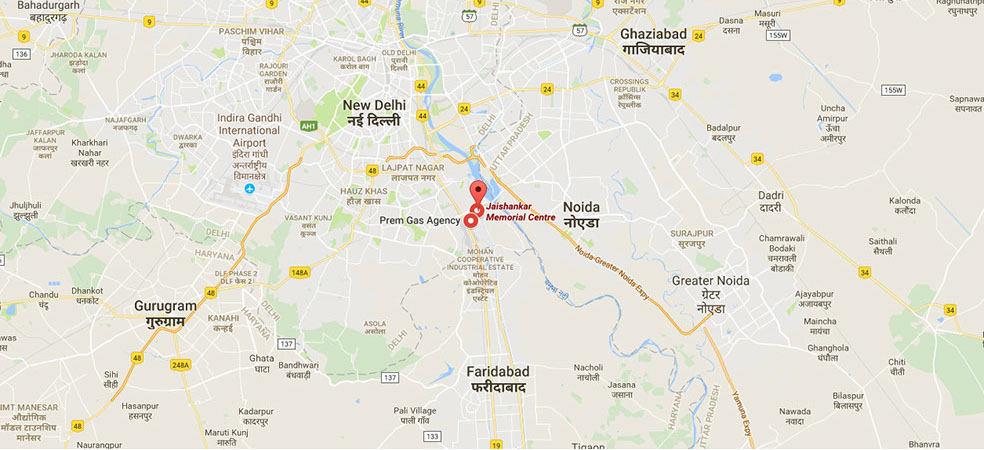
India accounts for 50 per cent of global burden of Visceral Leishmaniasis (Kala-azar). The disease affects the poorest of the poor. Government of India has launched National Roadmap for Kala-azar elimination.
The challenge was to cover forty endemic districts in Bihar, Jharkhand and West Bengal and conduct communication activities in most remote villages to empower communities to adopt positive behaviours towards elimination and cure.


IEC/BCC activities for Kala-azar elimination were implemented in three phases.
In Phase-1 (2015), seven districts of Bihar were covered with selected interventions.
In Phase-2 (2016), 6044 villages spread over 33 districts of Bihar, four districts of Jharkhand and three districts of West Bengal were extensively covered with a package of IEC and BCC activities.
The third phase focused on hot-spot villages in 25 districts of Bihar and four districts of Jharkhand.
The targeted population of the intervention comprised vulnerable sections of the community. The communication strategy relied heavily on active participation of communities and frontline health workers. It comprised a media mix of group communication activities, inter-personal communication, mid-media activities and use of ICT tools for providing information and monitoring outcomes.
 Implementation of IEC/BCC Activities
Implementation of IEC/BCC Activities

PHASE-I
- Evidence-based, community-centered, professionally developed, multi-channel, service linked communication strategy developed for elimination of VL.
- Estimated 275,000 people directly reached though group communication (GC) sessions, KA Film shows and Interpersonal communication (IPC).
PHASE-II
- IEC and BCC activities covered 55 per cent (6044) of estimated 11,000 Kala-azar endemic villages with a population of over 10 million, across 40 districts of Bihar, Jharkhand and West Bengal.
- An estimated 3 million directly reached though communication activities.
- Increased acceptance and coverage of Indoor Residual Spray (25 per cent).
- Increased knowledge of community on cause, prevention and treatment of disease.
- Community led surveillance of suspected KA and PKDL cases conducted in 6044 villages.
PHASE-III
- 297 highly Kala-azar endemic villages covered through rigorous (carpeting approach) communication activities in focused habitations.
- Community engagement established through involvement of village-based key influencers, community organisations and frontline government functionaries for sustainability of prevention efforts.
- Scalable and replicable communication model developed for adoption of BCC activities for other vector born diseases such as malaria.
- Community led surveillance of suspected KA and PKDL cases conducted in 297 KA endemic villages.




























